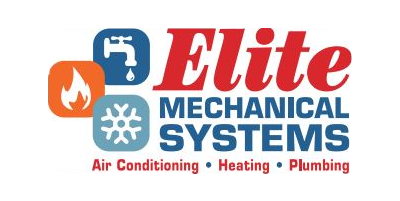Regular maintenance and careful upgrades will reduce the chance your air conditioner will quit in your hour of need. Keeping an eye on your home’s HVAC health can also lower monthly energy bills plus can save a bunch down the road by extending the life of your entire air conditioning system.
Short for “heating, ventilation and air conditioning,” HVAC units are true marvels of engineering. Most commonly referred to as “central air,” these machines are really multiple components, even separate appliances that all work together to run. They also share a single ventilation network, the collection of metal vents that snake through modern homes.
During the winter, a furnace, typically fueled by natural gas (although propane or electricity are also common energy sources), helps keep rooms warm. When indoor humidity plummets, usually during cold weather, a connected humidifier adds moisture to your home’s air flow. In the hot days of summer, an air conditioner module kicks on to both cool the air and wick away excess humidity.
Running the show is a remote, wall-mounted thermostat that constantly samples indoor conditions and issues commands to the HVAC system. With so many parts operating in tandem, both mechanical and electronic, if one component slips out of place, you’ll be sweating in a hothouse in no time.
1. Install a smart thermostat
The easiest way to save money and make your HVAC unit more efficient is to upgrade to a smart thermostat. Devices like the Nest and Ecobee intelligently control your air conditioner’s activity. One way they do this is by using motion sensors to sense your presence and adjust the AC run time accordingly. Smart thermostats even factor local weather into the equation. By optimizing this activity, your HVAC unit is less taxed and more efficient. In fact, the US Department of Energy says an efficiently controlled thermostat could save you as much as 10% a year on heating and cooling costs.
2. Change the air filter (and save money too!)
The simplest way to keep your HVAC system happy is to change its air filter often. Clean filters save money and increase HVAC safety, too. Most home HVAC systems use just one: a paper filter that sits between the primary return vent and the system’s main intake. Designed to trap dirt, dust, and any other airborne particles, clean filters strain the air while ensuring a smooth flow. At a minimum, you should swap in a fresh filter twice a year, at the start of spring and fall.
Unchanged filters are often clogged with debris, slowing air flow to a trickle. This causes your home to cool slowly and your AC to run longer and harder than usual. The extra load strains internal HVAC components as well like blower fans and cooling coils. Ultimately, if pushed too hard for too long, these parts will not function properly or fail entirely.
One common summertime symptom often caused by poor air flow are frozen evaporator coils. Less air hitting your AC’s coils, designed to pull heat from hot homes, means they become cold enough to condense environmental water vapor into solid ice.
3. Let the air flow freely
Your path to a cooler house might be as easy as opening doors and registers (vents found either on the floor or ceiling) in every room.
If designed and built correctly, a central air system should be “balanced.” A balanced system is one where negative pressure, or air flow in one direction, should match positive air pressure pushing air in the opposite direction.
HVAC pros usually achieve this state of freely circulating air with no blockages present-like closed doors or shut room registers. If you’re still experiencing big temperature differences even after throwing everything wide open, another culprit could be to blame.
4. Check for closed dampers
Some homes have HVAC ductwork equipped with air dampers. These dampers (aka valves) are designed to control the flow of air through specific rooms or even entire floors. Unlike registers which are visible through grilles on the floor or ceiling, dampers are mostly hidden inside ductwork. Look for what you can see, handles or knobs on the exterior of ducts which you can rotate from the outside. They should allow you to articulate their valves open, closed, or some degree in between.
5. Call in the pros
When all else fails and your home’s central air system can’t keep its environment cool enough for comfort, asking for professional help is a shrewd move. An HVAC pro can tackle important jobs you can’t or shouldn’t attempt yourself.
- Check your entire system top to bottom for leaks.
- Notice abnormally low air pressure or movement.
- Clean tough-to-reach components like your AC evaporator coils.
- Measure and analyze strange electricity usage.
- Replenish low refrigerant levels if necessary.
